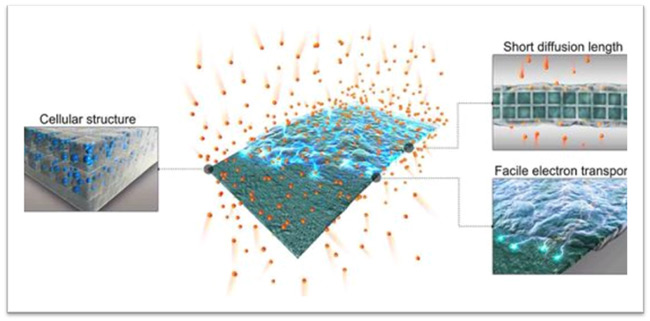주메뉴
- About IBS 연구원소개
-
Research Centers
연구단소개
- Research Outcomes
- Mathematics
- Physics
- Center for Theoretical Physics of the Universe(Particle Theory and Cosmology Group)
- Center for Theoretical Physics of the Universe(Cosmology, Gravity and Astroparticle Physics Group)
- Center for Exotic Nuclear Studies
- Center for Artificial Low Dimensional Electronic Systems
- Center for Underground Physics
- Center for Axion and Precision Physics Research
- Center for Theoretical Physics of Complex Systems
- Center for Quantum Nanoscience
- Center for Van der Waals Quantum Solids
- Chemistry
- Life Sciences
- Earth Science
- Interdisciplinary
- Institutes
- Korea Virus Research Institute
- News Center 뉴스 센터
- Career 인재초빙
- Living in Korea IBS School-UST
- IBS School 윤리경영


주메뉴
- About IBS
-
Research Centers
- Research Outcomes
- Mathematics
- Physics
- Center for Theoretical Physics of the Universe(Particle Theory and Cosmology Group)
- Center for Theoretical Physics of the Universe(Cosmology, Gravity and Astroparticle Physics Group)
- Center for Exotic Nuclear Studies
- Center for Artificial Low Dimensional Electronic Systems
- Center for Underground Physics
- Center for Axion and Precision Physics Research
- Center for Theoretical Physics of Complex Systems
- Center for Quantum Nanoscience
- Center for Van der Waals Quantum Solids
- Chemistry
- Life Sciences
- Earth Science
- Interdisciplinary
- Institutes
- Korea Virus Research Institute
- News Center
- Career
- Living in Korea
- IBS School
News Center
|
IBS Develops Nanosheets for High Performance Researchers from the Institute for Basic Science (IBS) have developed a simple synthetic method for producing carbon-based hybrid cellular nanosheets that exhibit strong electrochemical performance for key aspects of high performance lithium-ion batteries anodes. The results were originally published in the September issue of the Journal of the American Chemical Society (JACS). The nanosheets consist of closely packed cubic cavity cells separated by carbon walls, resembling the vascular tissue makeup of a leaf from its top and cross-sectional structure views. Nanosheets are incredibly thin, two-dimensional nanostructures with a thickness ranging from 10 to 100 nanometers (nm). Graphene, measuring 0.34nm, is perhaps the best known 2-D material in the world and holds immense properties. A human hair, in contrast, is about 100,000nm. The team from the Center for Nanoparticle Research within IBS began their experiments by loading carbon cellular nanosheets with tin dioxide (SnO2) nanoparticles. Using this as a base, they found the resulting anode material (positively charged electrode) showed a specific capacity of 914 mAh g–1 on average, with a retention of 97.0% during 300 cycles. This is in stark contrast to that of graphite, 372 mAh/g–1, which is a commercialized anode material. When the cycle density was increased from 200 to 3000 mA g–1, the reversible capacity was decreased by only 20% from 941.3 to 745.5 mAh g–1. Charging and discharging a lithium-ion battery involves moving lithium ions into and out of the anode. The more lithium the electrode can pack the more energy the battery can store. The results of the experiments performed on the SnO2−carbon nanosheets were compared with that of carbon cellular nanosheets and an SnO2 nanosheet and found that their hybrid materials significantly outperformed the others. This performance can be compared with that of other similar structured hybrid nanostructures. For example, the team’s previous effort reported ferrite−carbon hybrid nanosheets, that exhibited a specific capacity of 600 mAh/g–1 and 73% retention of initial capacity after 50 cycles. According to the team, “the development of next-generation energy-storage devices is of primary importance to meet the challenges in the electronics and automobile industries in the near future. In particular, there has been increasing interest in the development of new multicomponent nanomaterials that can overcome a number of intrinsic limitations of single-component electrode materials for lithium-ion batteries.” The results, published in JACS, show that effective hybrid nanostructured electrode material can be prepared via a relatively simple procedure. As many different kinds of materials can be immobilized in the carbon cellular nanosheets, the resulting hybrid cellular nanosheets can be applied to various areas including electrochemical devices and catalysis.
By Neil Mannix Notes for editors - References - Media Contact - About the Institute for Basic Science (IBS)
|
|||
|
|
| before | |
|---|---|
| before |
- Content Manager
- Public Relations Team : Suh, William Insang 042-878-8137
- Last Update 2023-11-28 14:20












